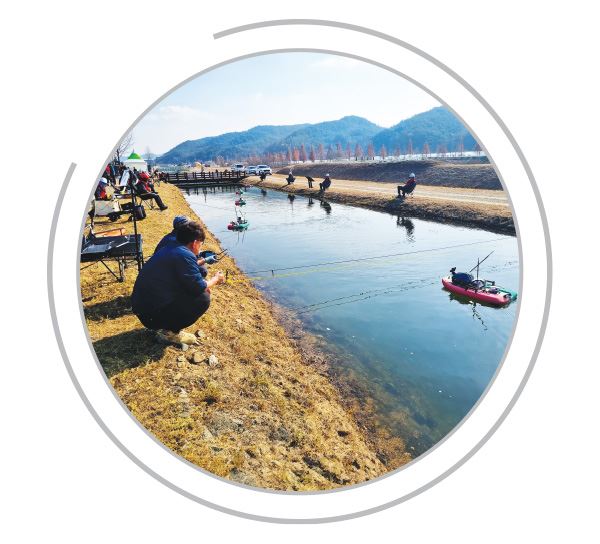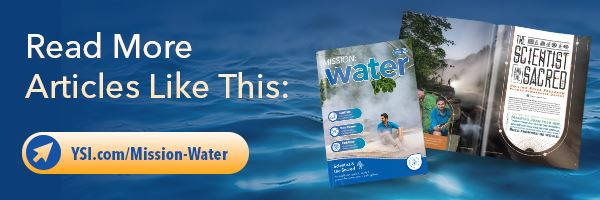Legacy of Innovation - The Korea Institute of Hydrological Survey (KIHS)
For well over 2,000 years, Korea has been on the cutting edge of hydrological survey technology, from its Bronze Age irrigation projects to the introduction of the world's first standardized rain gauge in 1441 CE, and on to the innovation of the first uncrewed surface vehicles to carry acoustic Doppler current profilers (ADCPs) in the early 2000s.
As a result, it is no surprise that the Korea Institute of Hydrological Survey (KIHS) is a world leader in putting sophisticated hydrological instruments and techniques to work helping the Republic of Korea manage its river and dam system, and navigate a changing climate. "The history of the hydrological survey in our country is a very, very long history," notes Dr. Eunjeung Shim, principal researcher in the Survey Planning Department at KIHS.
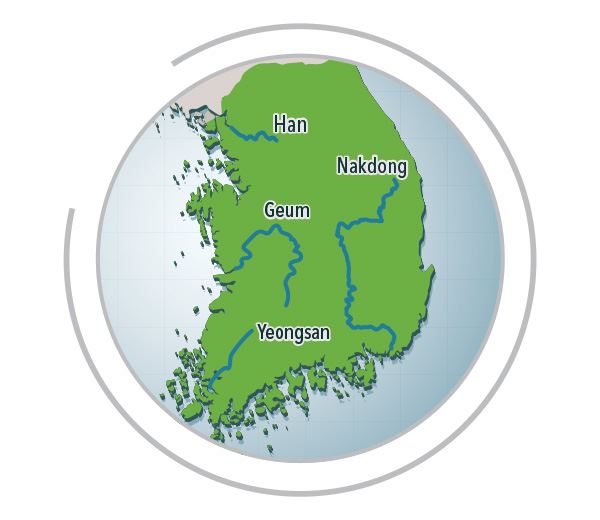
South Korea. At 642 kilometers (399 miles) tall and 436 km (271 miles) wide, the Republic of Korea is home to nearly 50 million people. Situated south of the 38th Parallel, the nation's 4.7 million hectares (11.6 million acres) of farmland have been primarily dedicated to rice production for millennia. As a result, Korea has long been a global leader in water management.
Four major rivers dominate the flow of water through the Republic of Korea, a mountainous nation that covers nearly half of the Peninsula. Two-thirds of the country's 1,300 mm (51.18 in) of annual precipitation falls during the humid summer and an often dramatic typhoon season that can extend into the autumn. Droughts in the spring and fall are common. So are flash floods following summer storms. The Han, Nakdong, Guem, and Yeongsan rivers are wide, shallow, and often steeply inclined. And as precipitation waxes and wanes each year, vast portions of their beds are alternately exposed, inundated, and scoured.
Wide waterways, major fluctuations, and rugged terrain make hydrological surveying and discharge measurement a big challenge. A wide range of stakeholders count on the KIHS team's work to deliver data that is difficult to acquire.
"Flood or drought forecasting, survey change planning, all the water resource parties—management and control—are using ours as the basic hydrological data," notes Shim.
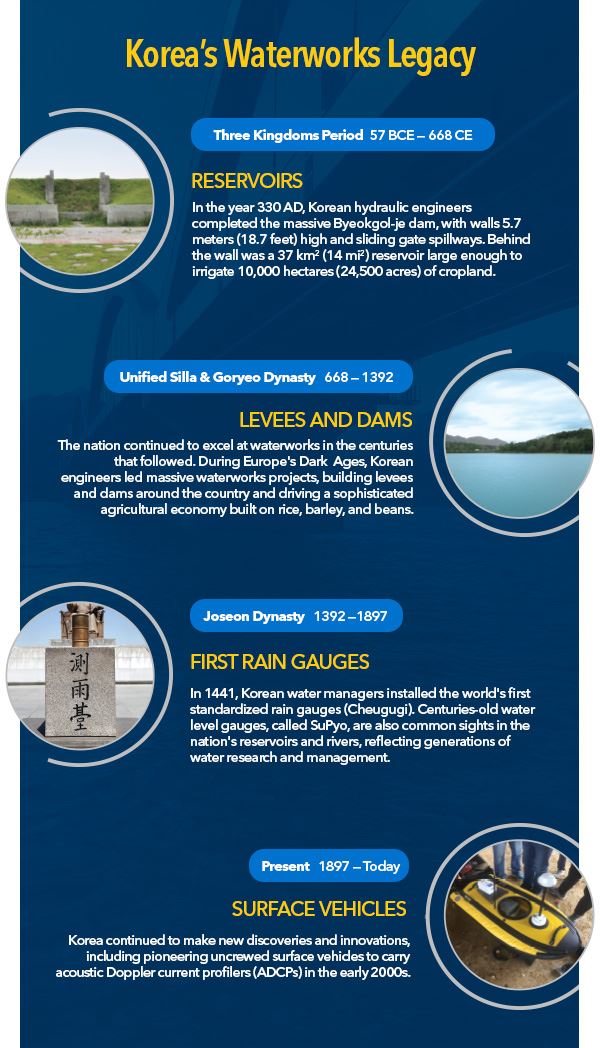
Committed to Fieldwork
Shim notes that the Korean government ordered a nationwide hydrological survey to guide planning, conservation, and development. In 2007, it created the Hydrological Survey Center, which became KIHS in 2017. The Institute's tasks have grown over the years to include a variety of vital data-gathering, quality control, research, and training/certification roles. In addition to direct water measurement, KIHS tracks soil moisture and evapotranspiration to monitor environmental variables that could affect drought or floods.
Nearly 65% of the Institute's staff of 170 employees is dedicated to fieldwork. Every year, 18 teams of KIHS surveyors—totaling 110 people—spend the summer in the field collecting stream discharge measurements with a wide range of discharge instruments. In fact, the Institute fields the world's largest fleet of SonTek RS5 ADCPs operated using remote-controlled boats. This has proven extremely effective at measuring the discharge and profiling the shallow, changing beds of the nation's rivers and streams. KIHS hydrographers also use SonTek FlowTracker2 handheld acoustic Doppler velocimeters (ADVs) to measure current and discharge in the very shallow areas and under ice in the winter.
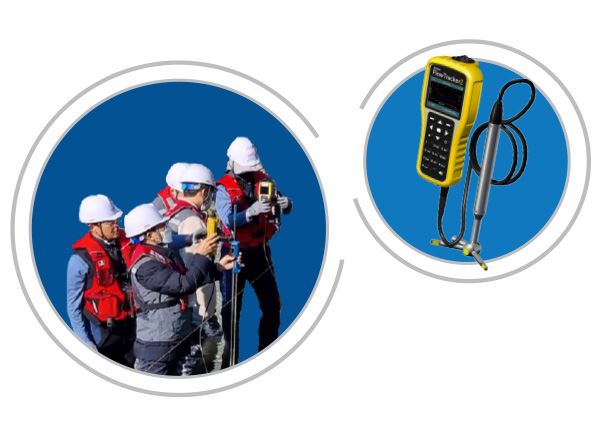
The KIHS team uses SonTek FlowTracker2 handheld ADVs to measure current and discharge in very shallow areas and under ice.
In addition, the survey teams measure and analyze sediment as part of the Institute's stream bed monitoring survey. Particle size analysis, suspended sediment flow, and stream channel profiling keep environmental stakeholders and river managers up to date on changes beneath the surface of the nation's rivers.
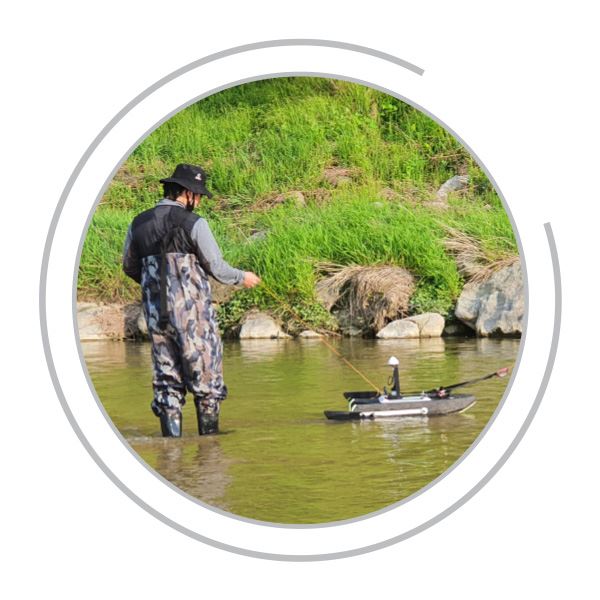
KIHS operates the region’s largest fleet of SonTek RS5 ADCPs.
Real-Time Hydrological Data
In addition to the data gathered by field teams, KIHS's Integrated Real-time Discharge Measurement System (IRDiMS) maintains a steady stream of real-time data from 76 continuous, long-term discharge monitoring stations and level gauging stations.
Pier-mounted instruments in the IRDiMS system provide insight into complicated river dynamics, including backwater and tidal effects, Shim notes, and keep a close eye on monitoring flood conditions in remote areas that would be hard to monitor in person.
At the heart of IRDiMS are two analytical systems: the EDPad system to extract data and the MCDPad to create index ratings, both developed in-house by KIHS. Backed by a meticulous quality control (QC) system, IRDiMS data points and charts are distributed to stakeholders through the Institute's Hydrological Data Information Management System (HDIMS).
KIHS has also taken to the skies through remote sensing experiments with drones and satellite imagery.
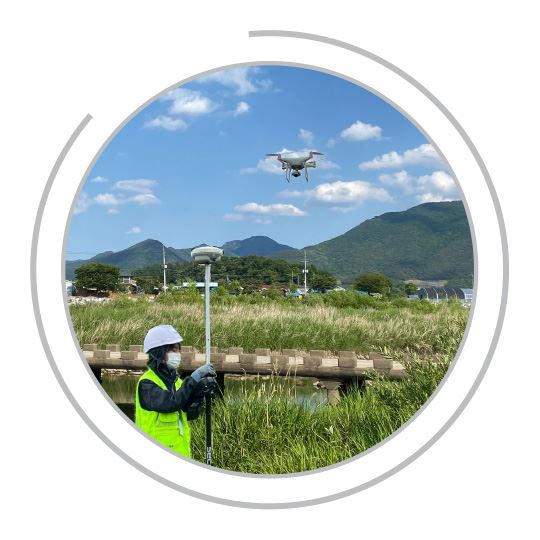
KIHS technology continues expanding as the Institute experiments with drones and satellite imagery.
Education and Certification
KIHS provides the various types of hydrological survey training and instrument certification used in the production of hydrological data. In all, more than 2,039 professionals have undergone the 30-hour KIHS hydrological survey training program since 2009. In fact, every certified hydrographer in Korea takes the course in their first two years of service.
Shim and her colleagues have long been engaged with Xylem to help bring new technology to the field.
"They're an organization that's not afraid to take on a challenging new project by saying, 'We're having this problem: how will you solve it?'" says Justin Stockley, who leads the North Asia Surface Water team for Xylem Analytics. "That's always good for manufacturers."
Stockley points out that the precursor to Xylem's Uncrewed Surface Vehicles (e.g., the rQPOD and HYCAT) was the Korean-designed R2V2 remote-controlled boat created by Dr. Jongkook Lee about 20 years ago to carry a SonTek ADCP and collect measurement data in the nation's tough-to-access remote rivers. Testing by KIHS in the field and at the Korea Institute of Civil Engineering and Building Technology (KICT) River Experiment Center near the city of Angdong was vital in perfecting the RS5, he notes.
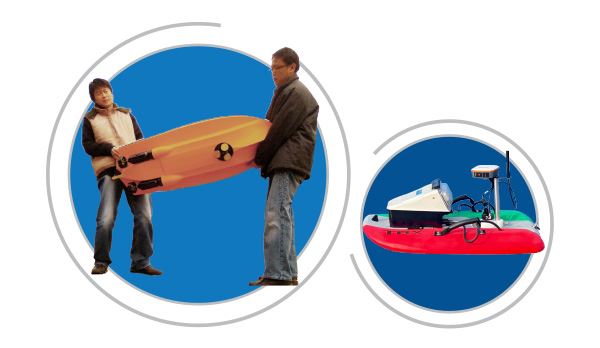
The R2V2 (left) by Dr. Jongkook Lee of South Korea was the precursor to Xylem's uncrewed platforms.
River Experiment Center
The KICT's River Experiment Center provides a life-size laboratory with three distinct channels:
- A 590-meter (1,935-foot) steeply sloping channel with a slope as steep as 1.4% and flow velocity of up to 5.0 m/s is often used to test hydraulic stability, sediment transport, and vegetation stabilization.
- A 560-meter (1,837-foot) straight waterway with minimal slope.
- A 680-meter (2,230-foot) meandering channel is often used to study flow structure and the diffusion of pollutants.
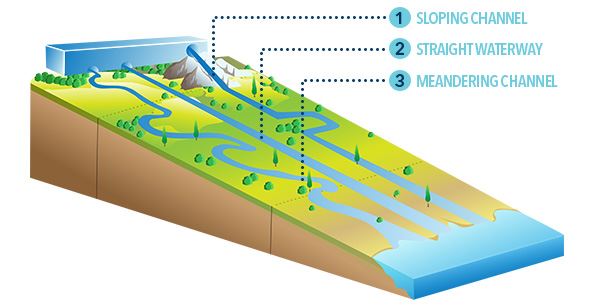
KICT's world-class River Experiment Center is a life-size laboratory with three channels.
A 6,000 m2 (64,500 ft2) circular watercourse is under construction for verifying ADCP performance, according to Dr. Chanjoo Lee, the Center's chief researcher.
"We will advance the qualitative level of full-scale experimental research in river conditions and conduct world-class research based on the strategic plan established to accelerate the Center's transformation into a global river experiment hub," Lee says. "We are working harder to become an organization that can contribute to the development of technology in the river sector."
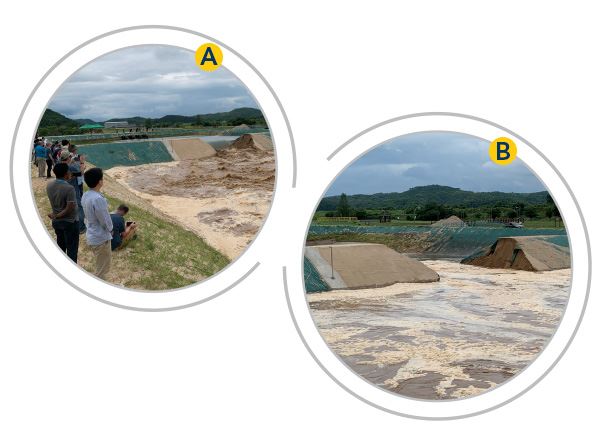
DEMONSTRATION. An embankment failure test at the River Experiment Center. (A) representing the beginning of the test and (B) the result.
On the technology front, the River Experiment Center is outfitted with a treasure trove of instruments, including ADCPs, electromagnetic and acoustic Doppler velocimeters (ADVs), an underwater laser particle size analyzer, a high-resolution 3D laser scanner for riverbed and vegetation measurement, multi-parameter water quality measurement equipment, and high-precision VRS GPS.
The unique control and measuring capabilities at the Center made it an ideal site for SonTek to alpha-test the RS5 and host a regional training for customers and staff from 20 countries. It has also been used by researchers from Korean universities, TU Delft in the Netherlands, the University of Idaho and National Science Foundation in the U.S., Finland's Aalto University, and others from Canada and France to address a wide range of hydrological questions over the years.
"The challenge with hydrological experiments is they don't always scale up accurately," notes Justin Stockley of Xylem Analytics' North Asia Surface Water Team. "This is as close to near-scale in a lab environment as you'll find anywhere in the world."
The River Experiment Center is home to an annual ADCP Technical Cooperation Workshop—often called the ADCP regatta—the Han River Flood Control Office, KIHS, and KICT organize. Recent regattas have drawn more than 90 attendees from 14 institutions to put their instruments through their paces, verify their ADCPs, compare notes, and learn new techniques. Junjae Won of Xylem Korea notes that seeing nearly 60 remote-controlled ADCPs plying the River Experiment Center's channels reveals a lot about Korea's passion for technology, hunger for top-quality data, and heritage of managing its water resources.
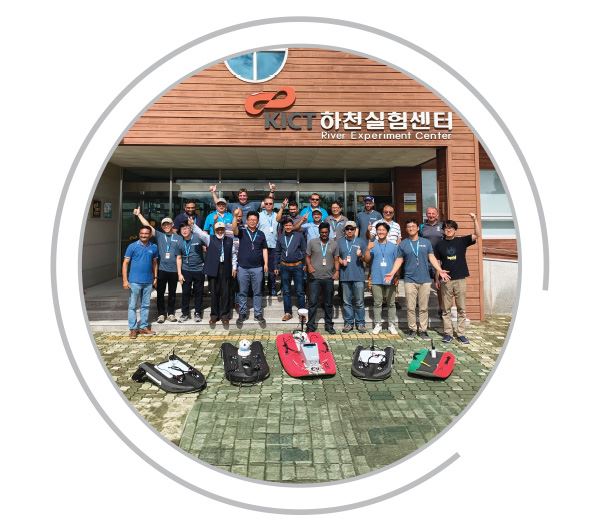
SONTEK Dealer meeting at the River Experiment Center.
Additional Information
ADCP Regatta
The annual South Korea ADCP regatta is held at the River Experiment Center in Andong. Organized by the Korea Institute of Hydrological Survey, the 2023 event had over 100 ADCP instruments making discharge measurements over two days. The event serves as a place to verify ADCP instrument operation after an intense measurement season as well as exchange information and best practices. The River Experiment Center is a special place where near-scale hydraulic research can be conducted in a facility that spans 193,000 m2.
